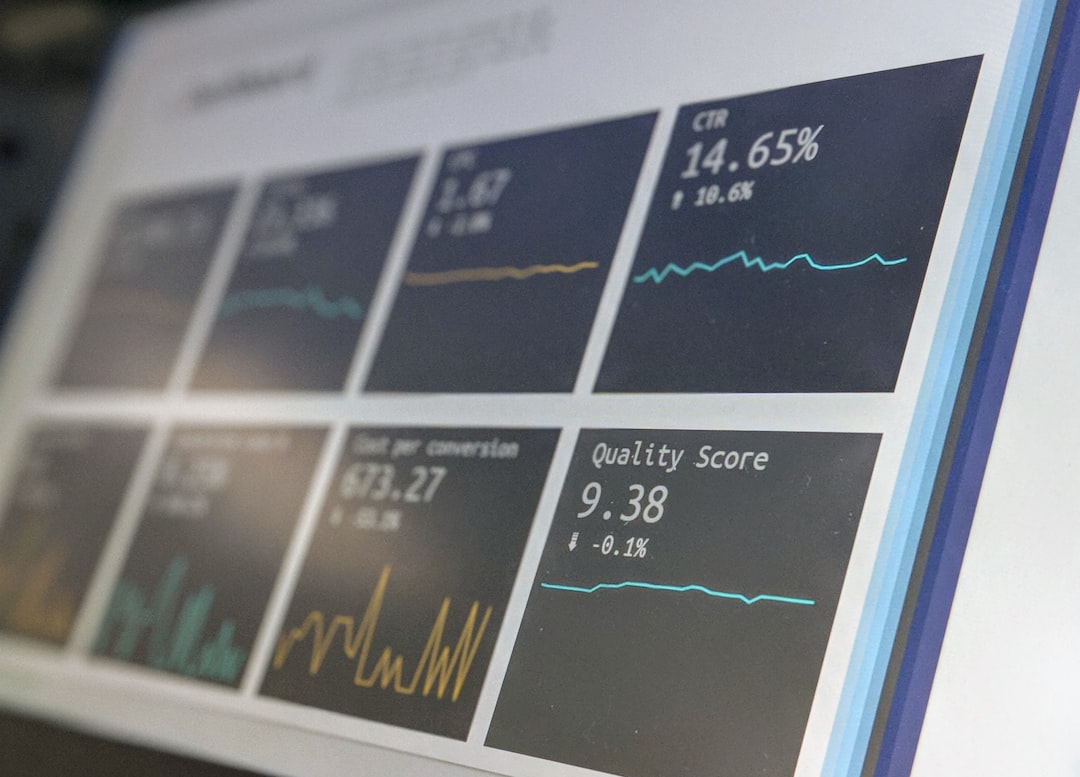In today’s hyper-connected digital age, threats in cyberspace are evolving at an unprecedented rate. From phishing scams and ransomware to sophisticated nation-state attacks, businesses of all sizes and across all industries face constant risks. In response to this rapidly shifting threat landscape, many organizations are turning to specialized operations known as Cyber Intelligence Centres (CICs). But what exactly does a Cyber Intelligence Centre do, and how can you determine when your organization needs one?
Understanding the Role of a Cyber Intelligence Centre
A Cyber Intelligence Centre functions as the central nerve system of an organization’s cybersecurity strategy. Its main function is proactive threat detection, risk management, and real-time incident response. Unlike traditional IT security departments that focus largely on perimeter defense, a CIC actively monitors, analyzes, and neutralizes cyber threats before they can harm the organization.
The operations of a CIC typically revolve around five core pillars:
- Threat Detection and Monitoring: Through continuous network monitoring, CICs identify anomalies and potential breaches before they escalate into serious incidents.
- Threat Intelligence: They gather and analyze internal and external data, including dark web sources, to uncover threats that may target the organization.
- Incident Response: In the event of a cybersecurity breach, the CIC manages containment, investigation, and recovery processes efficiently and effectively.
- Vulnerability Management: By assessing the digital infrastructure, CICs identify weaknesses and recommend mitigation strategies before attackers can exploit them.
- Compliance and Governance: CICs help meet regulatory requirements such as GDPR, HIPAA, or ISO 27001 by maintaining secure data environments and producing audit-ready documentation.

When Do You Need a Cyber Intelligence Centre?
Not every organization may feel an immediate need for a dedicated Cyber Intelligence Centre. However, as businesses become increasingly dependent on digital infrastructure, the need becomes more compelling. Here are scenarios where the establishment of a CIC becomes not just beneficial, but critical:
1. Your Organization Handles Sensitive or Regulated Data
If your business processes personally identifiable information (PII), financial records, or intellectual property, protecting that data should be a top priority. Regulatory landscapes around the world now demand robust data security measures. A Cyber Intelligence Centre ensures ongoing compliance and provides mechanisms for early threat detection, reducing the likelihood of costly data breaches.
2. You Are Targeted Frequently by Cyber Threats
Organizations in high-risk sectors like finance, healthcare, defense, and energy are frequent targets for hackers. A traditional security setup may not be sufficient to handle the persistent and sophisticated nature of these attacks. A CIC brings the ability to proactively respond to these threats in real time through enriched intelligence and centralized decision-making.
3. Your Digital Footprint Is Expanding
As businesses undergo digital transformation, their attack surface naturally increases. Cloud computing, remote work, mobile platforms, and third-party supply chains introduce new vulnerabilities. A CIC helps manage these complexities by maintaining constant vigilance across all digital touchpoints.
4. You’ve Experienced a Serious Data Breach
If your organization has already suffered a significant breach or repeated incidents, establishing a Cyber Intelligence Centre is a logical next step. It builds a structured and strategic foundation for reducing the probability of recurrence and managing future incidents more effectively.
5. You Require a Better Security Posture for Strategic Growth
Whether you’re expanding internationally, preparing for IPO, or entering into partnership agreements, stakeholders increasingly expect comprehensive cybersecurity safeguards. A CIC serves as a demonstration of your organization’s commitment to security and resilience, which can be a crucial differentiator in competitive markets.
How a Cyber Intelligence Centre Operates
Cyber Intelligence Centres generally follow the Security Operations Centre (SOC) model but with a more advanced intelligence layer. Here’s a breakdown of how they typically function:
Real-Time Surveillance
Using advanced tools such as SIEM (Security Information and Event Management), AI algorithms, and endpoint detection systems, the CIC is able to monitor infrastructure 24/7. Automated alerts and dashboards provide security analysts with instant awareness of irregular activity.
Data Analysis and Correlation
The CIC aggregates diverse data sources—internal logs, external threat feeds, and industry reports—to build a contextual understanding of risks. This intelligence supports not only incident response but also policy development and strategic planning.

Rapid Response and Mitigation
When an incident is detected, the CIC acts swiftly. Analysts investigate, contain, and eradicate the threat while working closely with IT teams to restore normal operations. Digital forensic tools may also be used to understand the depth and scope of the breach.
Reporting and Continuous Improvement
Post-incident reports, routine audits, and compliance assessments allow organizations to learn from each event and continuously improve their security posture. CICs also engage in red-teaming and simulation exercises to test the resilience of existing protocols.
In-House vs Outsourced Cyber Intelligence Centre
One of the important decisions organizations face is whether to build an in-house CIC or to outsource the function to a Managed Security Services Provider (MSSP).
In-House: This offers comprehensive control over operations and better integration with internal teams. However, it requires significant upfront investment, skilled personnel, and technology resources.
Outsourced: An outsourced CIC can deliver all the critical capabilities you need with quicker implementation and lower initial costs. Many managed providers offer tiered services, allowing gradual scaling as your company grows.
The choice depends on factors such as budget, regulatory requirements, internal expertise, and the pace of digital transformation.
The Strategic Value of a Cyber Intelligence Centre
A CIC is more than a technical asset—it’s a strategic capability. It transforms cybersecurity from a reactive function into a proactive, intelligence-led process that informs business decisions. As cyber threats become integral to enterprise risk, leadership teams are increasingly looking at the CIC not just as a line item of IT, but as a critical pillar of corporate governance.
Key benefits include:
- Enhanced situational awareness across the threat landscape
- Accelerated response time in the event of cybersecurity incidents
- Improved risk management and compliance posture
- Increased trust among clients, partners, and regulators
- Long-term cost savings by reducing incident frequency and severity
Conclusion
In an era where cyber risks are both inevitable and increasingly sophisticated, organizations need more than firewalls and antivirus software to stay secure. A Cyber Intelligence Centre offers a structured, multidisciplinary approach to managing digital threats. Whether you’re facing regulatory pressures, expanding into new markets, or simply want to protect your core assets, a CIC equips your business with the vigilance and foresight it needs to thrive in today’s complex cybersecurity landscape.
Knowing when to implement such a centre can mean the difference between being prepared and becoming a victim. The sooner businesses acknowledge the importance of cyber intelligence, the stronger and more resilient their future will be.